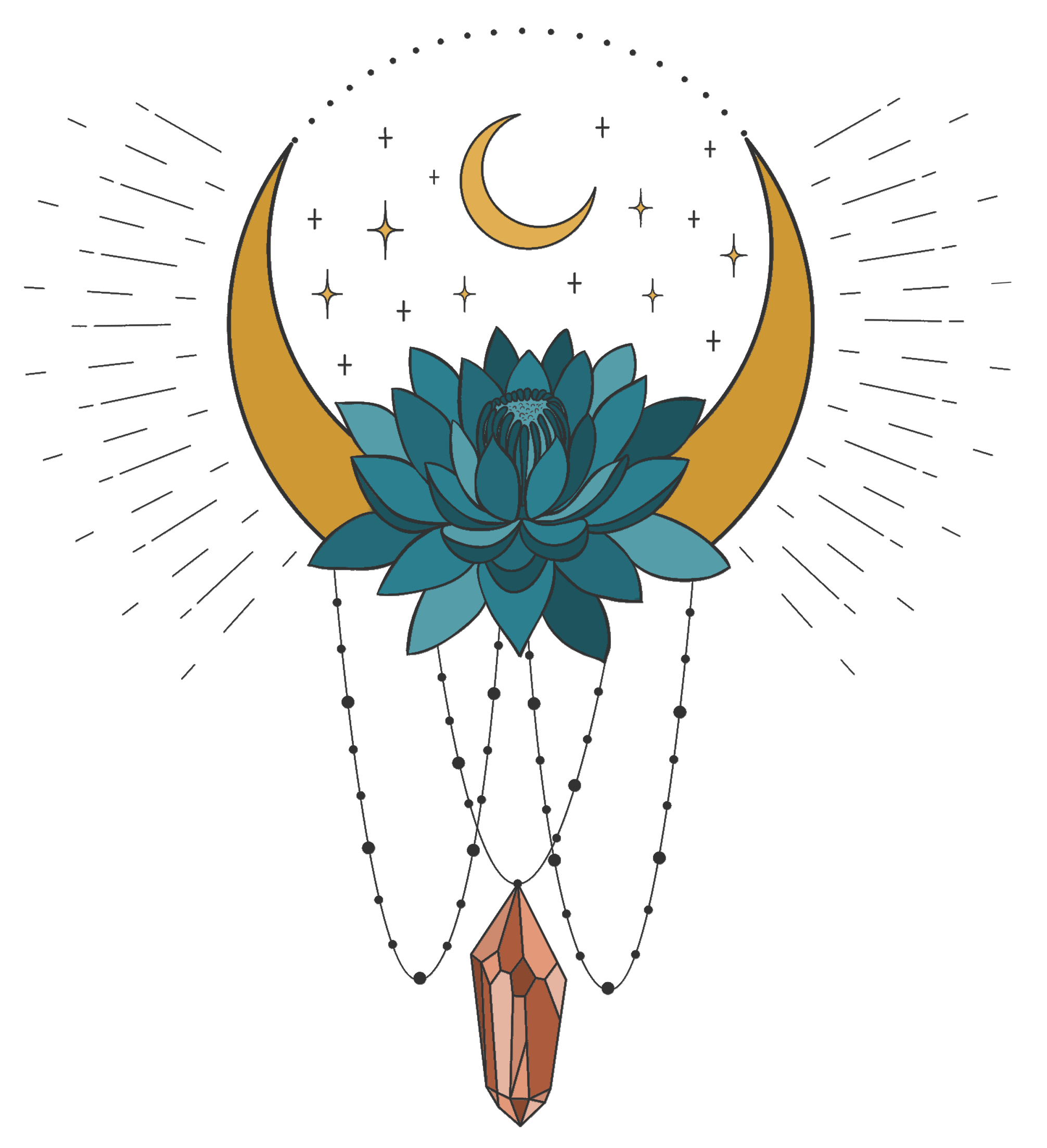For both beginning and experienced yogis alike, attending a yin yoga class can feel like a foreign experience: seemingly familiar poses have different names, you stay in a pose for what can seem like an eternity compared to a fast-flow class, you are encouraged to “find your edge” but still use props for support, you can feel new sensations in your body, and unearth emotions you weren’t necessarily trying to dig up.
And yet, despite that potential initial experience, I am here to tell you yin is the transformational yoga style you have been looking for. Yin yoga is its own unique experience where we aim to safely stress and stretch our connective tissues in a meditative practice that will leave us feeling more flexible in mind and body!
Lets break down the basics, shall we?
When students are new to yin yoga, I try to summarize this style into three key elements:
“Finding your edge.”
Stillness.
Time.
Finding your edge is always an important practice of yoga, both on and off the mat. This can also be described as “finding the point where you are challenged and putting forth effort, while still staying safe, balanced, and in control”.
Within the spectrum of yin yoga, we become intimately aware of our edge throughout our internal journey in each pose… when you tune into your body, are you fidgeting? Breathing hard and uneven? Desperate to get out of the pose? Conversely, are you experiencing any sensation, or could you fall asleep right then and there? What do you feel when you take a step back or take a step deeper? How does the sensation change when you add or take away a prop? What about changing your angle in the pose, or releasing a limb out to find your own comfortable variation of the pose? The ideal place to be is where you are feeling a stretch, but avoiding sensations of burning, stinging, stabbing, tingling/electrical, or anything else that makes you go “ugh!”. Ask yourself: where does your body want to go, and where does it naturally want to stop?
Yin is uniquely different than other yang forms of yoga in that we are targeting the connective tissue and not the muscles. Therefore, once we find this point of sensation, or our “edge”, we remain still. Sarah Owen, one of the leading yin yoga teachers in Australia, says “The more internalized tissues are best nourished when the muscles are not engaged but instead kept relaxed, and when the poses are held for longer periods.” One of these internalized tissues shes referring to is the fascia, which can be described as “a silvery-white material, flexible and sturdy in equal measure–a substance that surrounds and penetrates every muscle, coats every bond, covers every organ, and envelops every nerve.” (source) Fascia needs at least 90-120 seconds of sustained pressure to change and stretch, so by relaxing into stillness in each pose, we are giving ourselves the opportunity to dive deeper and deeper into our connective tissues, safely and slowly.
With many modern yoga classes aimed at “Beginner Flow”, “Power Flow”, or “Booty-Shaping-Yoga-Sweat-
Intensive” (okay, I made that last one up) where you are constantly flowing through a series of poses, its surprising to people who come to a yin class and find we stay in each pose for anywhere from an average of 1-10 minutes. Typically in my classes, I aim for a minimum of 3 or 4 minutes and a maximum of 8 minutes (with the exception of savasana), and give a cue halfway through to allow for adjustments and then time to settle back in. While this ideally gives us at least 90-120 seconds within each pose once we are properly propped and settled to target our fascia, hopefully more, this also allows us to experience a mini meditation within each pose as well. As we explore our relationship to our edge, how to do we explore our relationship with stillness? We are constantly moving our bodies and minds onto the next thing we need to tackle each day, so yin allows us not only a chance to tune into our body throughout the practice, but also our current inner mental and emotional self. What can we find when we stop rushing and just be?
I encourage you to track down a trained yin-yoga teacher in your area to fully experience this yoga style for yourself, along with picking up The Complete Guide to Yin Yoga by Bernie Clark, a fantastic book that gives a great introduction to yin. Yin is great for those looking to try something new, those looking for something to complement their active yang practice or sports activities, gosh it’s just great for almost everyone, so get to it!
For my Bozeman locals, I am currently teaching a Restorative Yin class on Sunday nights from 5:30pm - 6:45pm at YogaMotion Academy over on the north end of town. Drop-ins are welcome, and I’d love for you to join us!
Now, this is just a very-brief introduction to the wild-world of yin yoga, so stay tuned for more posts where we dive in further! Anything in particular your curious or confused about? Comment below!























